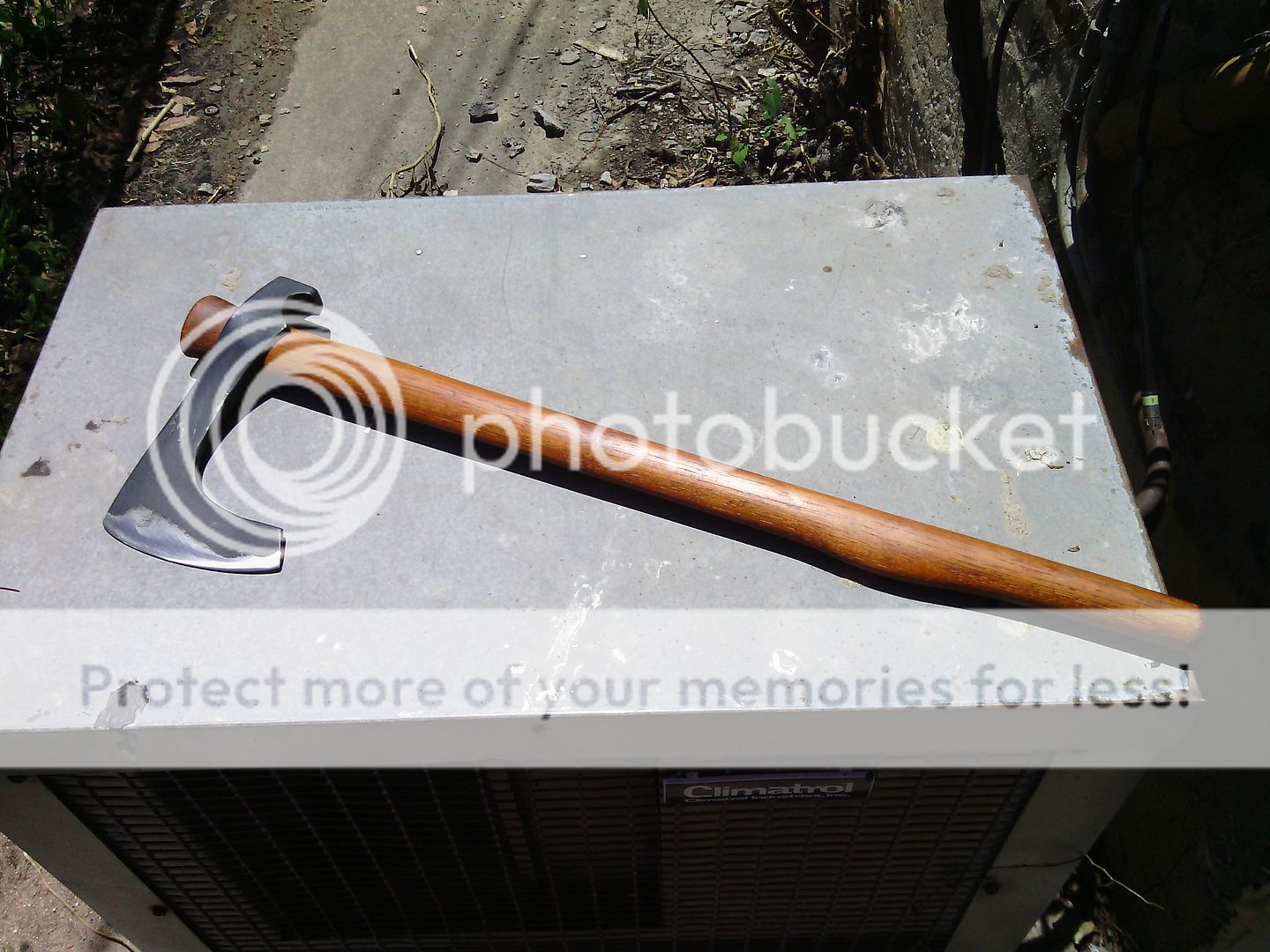Middle Peninsula
Gold Member
- Joined
- May 13, 2015
- Messages
- 402
I've been making attempts over the past couple months to contact Steve Liley, Coal Creek Forge, near Alton, IL, but have had zero success. I found his information from a necro posting from back in 2010/2011 and then a reply from him in 2016. I'm not sure if he is still in business, still around or even wants to be contacted. I've got a couple pics of an extremely lightweight design of a Revolutionary War-era hawk that is currently on exhibit in my area. Was looking for a blacksmith preferably and not a custom knife maker to recreate a similar item for use ultralight hiking and bugout. I really liked what I was reading about Mr. Liley, it appeared that not only was he one of the top hawk makers in the US he was also very reasonably priced for the quality he was producing -- two thing I find extremely commendable when people have the skill to team up those two traits. Any assistance you folks could provide would be very helpful. I'm not into knife collecting other than knowing the odd name here or there when they are mentioned. I'm more of a user of blades. My most expensive blade currently isn't that pricey (Bark River Gunny/CPM 3V) and my daily beater is merely a Mora Companion in Carbon and a Kershaw Hot Wire. Well that's where I'm currently at in the knife world just to give you an idea of what I'm extremely happy with.



